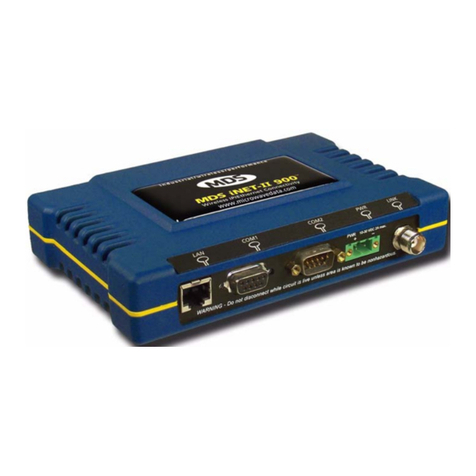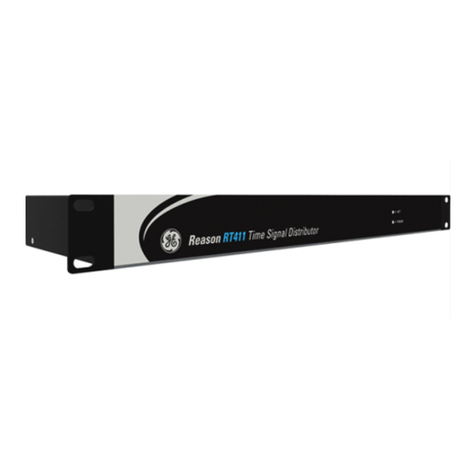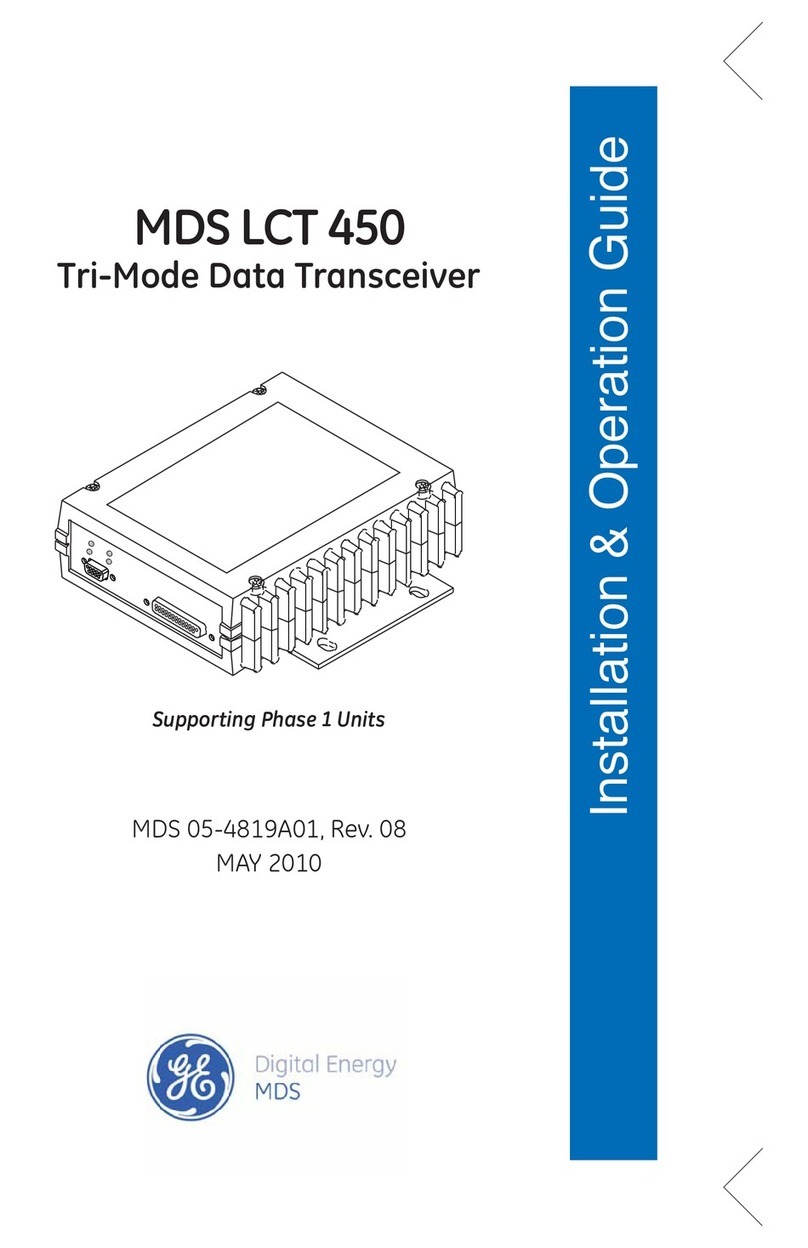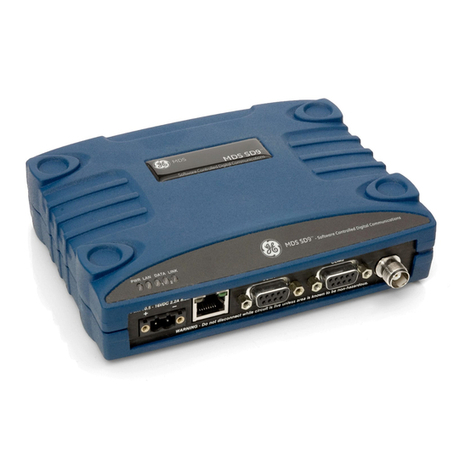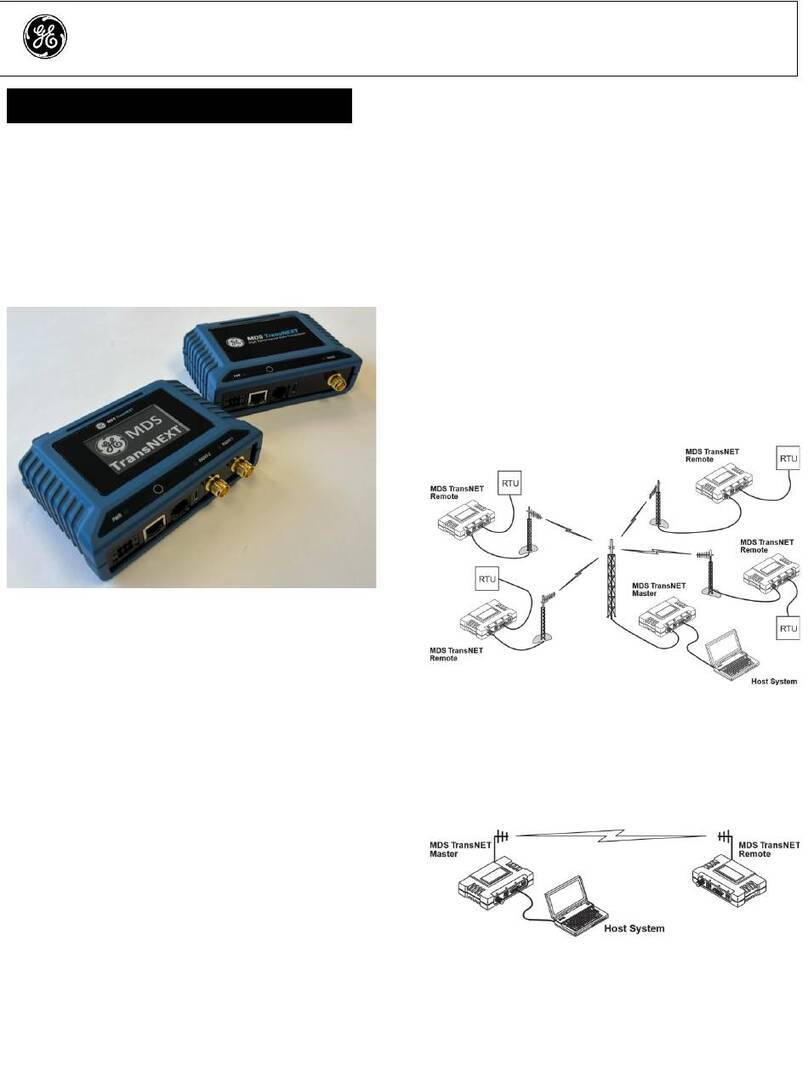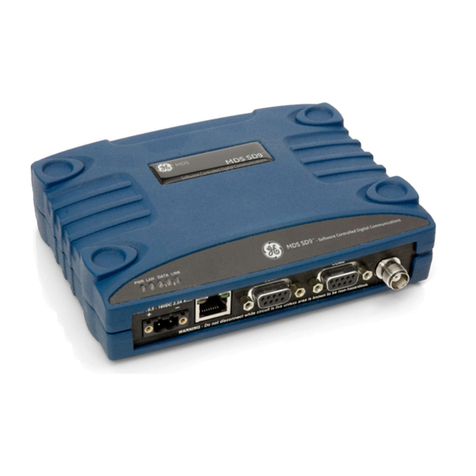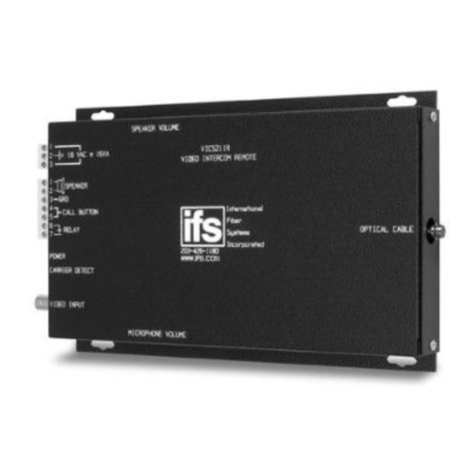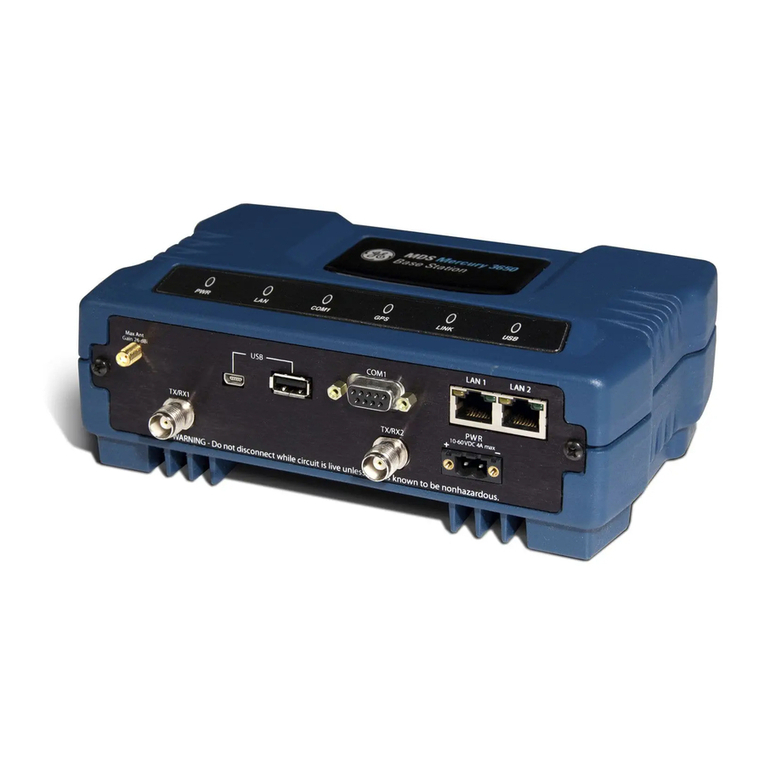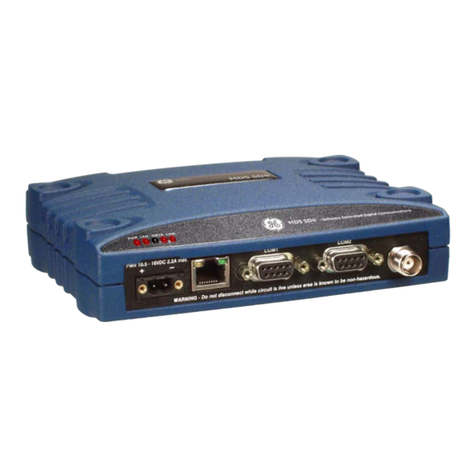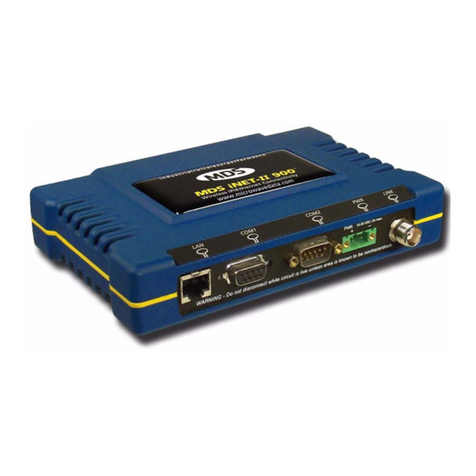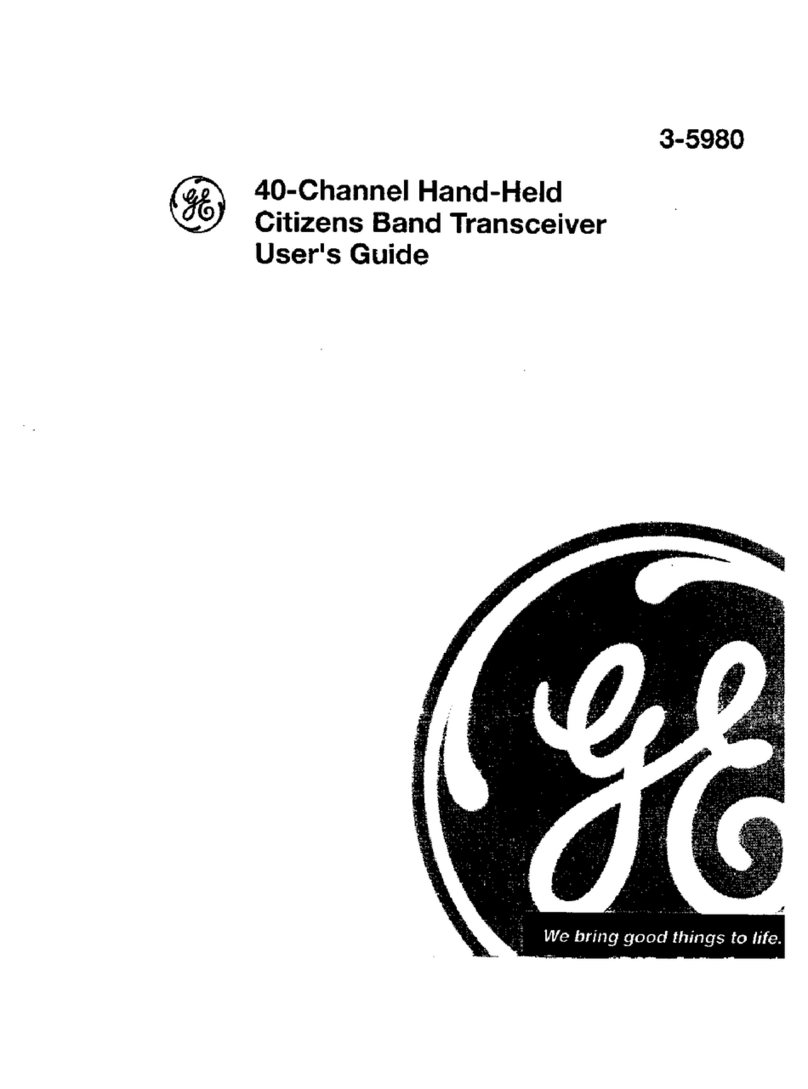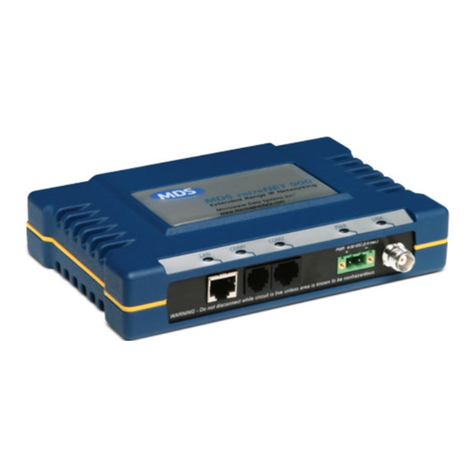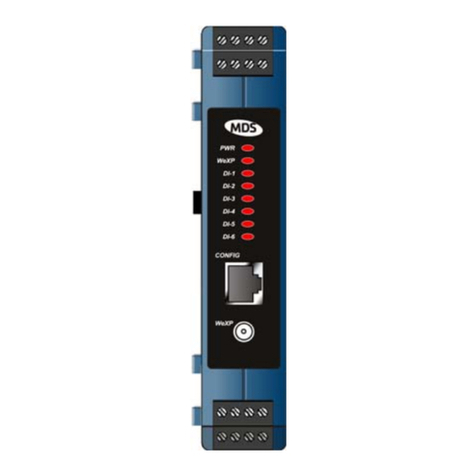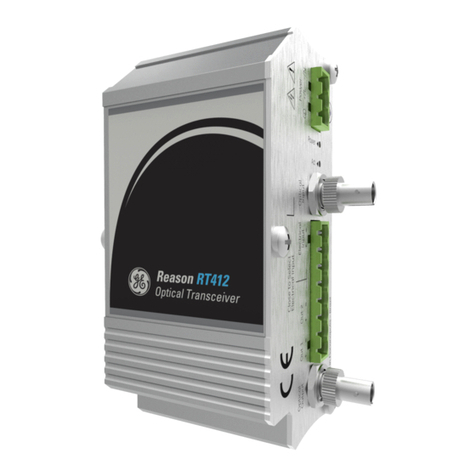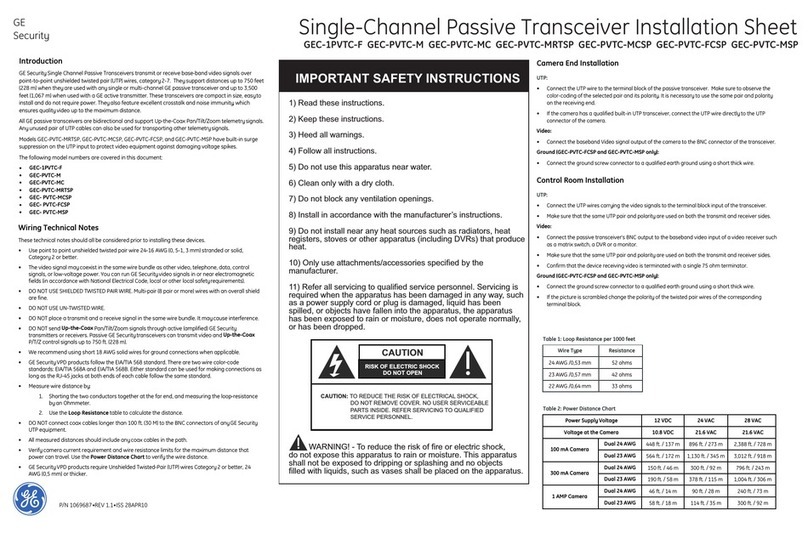7. FUNCTION INDICATOR LIGHTS: Show operating modes USB,
AM, or lSB of unit.
8. RF/S METER: Receiving (RX) indicates relative incoming CB
signal strengthin "S" units on the upperhalfscale. Transmit (TX)
indicates relative power output from your CB on the lower half
scale.
9. ANTENNA WARNING INDICATOR: When this light is ON, your
antenna or connecting cable may not be properly connected,
badly mismatched (high SWR), or damaged. This feature works
only if METER SWITCH is set to MOD position and FUNCTION
switch is in AM position.
10. lED CHANNEL READOUT: The lED (light emitting diode) will
indicate 1-40 channels.
11. ON-THE-AIR TRANSMIT LIGHT: The ON-THE-AIR light will be
illuminated only when in TRANSMIT mode.
12. MODULATION AND SWR METER: This meter serves two
functions:
1. Indicates relative modulation (voice) from your CB, but only
when operating inAM position andthe METERSWITCHisset
to MOD position.
NOTE: When operating on SSB, use RF/S METER for
modulation reading.
2. DeterminesSWRfor indicatinghowwell matchedthe antenna
and cables are to your CB.For checking SWR(standingwave
ratio), you must switch to AM position and use METER
SWITCH and SWR CALIBRATION control.
13. SPEECH COMPRESSION: Reduces the dynamic range (differ-
ence between loud and soft voice) of signal and allows a higher
average modulation to be transmitted. To transmit normal voice
withoutovermodulation(FCC requirement),a lowmodulationaver-
age must be maintained, resulting in poor talk power. SPEECH
COMPRESSIONraiseslow-levelsignalsanddecreaseshigh-level
signals, which enables a higher average modulationto be trans-
mitted. The normal setting should be used for short range com-
municationsfor a more naturalsoundingvoice.SettingSC to MAX
will have its greatest effect on long range transmissions.
14. CLARIFIER CONTROLS: Used while in USB or lSB modes to
clear up incoming voice. Turn RAPID knob back and forth slowly.
Stop at the point where the voice is strong and clear, then use
FINE TUNE control.
When switched to AM position, use controls for DELTA tuning.
Set both controls to center position, then adjust (if necessary) to
obtain best reception quality.
15. MICROPHONE JACK: For connecting MICROPHONE. The CB
receiver and transmitter are controlled by the press-to-talk switch
on the MIC. Press switch on MIC to transmit and release to
receive. Hold MIC directly in front of you at a distance of about 2 or
3 inches when transmitting and speaker in a normal voice. Note
space on front of MIC for call sign.
16. ANTENNA A-B SWITCH: For switching between two types of
antennas or dummy load that may be connected to this unit. You
may connect a GROUND PLANE antenna, which is non-
directional, or a BEAM type antenna that is highly directional, for
.. long-range selective communications, or connect both.
17. SWR (standing wave ratio) CALIBRATION: Used to adjust
MODUlATION-SWR METER for checking SWR as follows:
Your CB must be switched to AM position andthen the METER
switch must beset to CAl position. With MICpress-to-talk switch
depressed, turn SWR CAl knob until you adjust needle in
METER to SET position. Flip METER switch to SWR position,
meter should read 3 or lower. Release MIC press-to-talk button
and flip METER switch back to MOD position for normal
operation.
CLOCK/CHANNEL BRIGHTNESS: To adjust light intensity of
digital readouts.
18. METER SWITCH: Used to select METER position for reading:
.MOD: Modulation (refer to 12)
.CAl: Calibrate METER for checking SWR in AM position.
.SWR: To read SWR (refer to 17)
19. RF GAIN: Use this control to prevent an overload when receiving
strong signals. EXAMPLE: When RF/S METER indicates more
than three-fourths scale ("receiving" strong local signals), merely
reduce RF GAIN control. Increase RF GAIN control to receive
weak or distant signals.
20. CHANNEL SELECTOR: Rotate knob to select any of the 40
channels available. CB channels are shown in lED READOUT.
IMPORTANT: Channel 9 is reserved for emergency use only.
Note that the cabinet has Channel 9 marked for quick channel
selection.
21. MICROPHONE POWER GAIN: A pre-amplifier circuit is built into
this unit to increase microphonegain. Experimentwith controlfor
the setting that will best suit your individual use.
NOTE: When MIC GAIN is set to maximum, ambient noise
(background conversation) may also be picked up by the
microphone. In high noise situations,low MIC GAIN setting may
produce best results. MIC GAIN is also used to adjust PA loud-
ness.
22. CB/PA SWITCH POSITIONS:
.PA. For PA operation only, you must have an optional8-ohm
PA speaker connected; then press in the MICROPHONE push
button and talk in a normal voice. PA loudness can only be
varied bythe MIC POWER knob. Channel lED will be OFF in
PA mode.
.PAlCB. When not using PA, and MIC switch is released, you
can listen to (monitor) CB transmission through the PA
speaker. Volume is adjustable for CB monitor by VOLUME
control, and PA loudness only by the MIC POWER control.
.CB. Returns unit to normal mode of operation.
IMPORTANT: Mount PA speaker facing away from MIC and as
far as possible from unit to prevent feedback howl.
23. SQUELCH AND TONE: Turn SQUELCH counterclockwise to
activate CB receiver circuit and a hissing sound will be heard.
Slowly rotate SQUELCH clockwise until hissing just stops.
NOTE: This adjustment is to eliminate annoying static atmos-
pheric noise (hissing) and weak background signals. Turning
SQUELCH clockwise increases the signal strength needed to
activate CB receiver section, and you can receive only strong,
clear signals. Therefore, setting SQUELCH beyond the point
where hissing just stops may prevent reception of weak CB
signals. Set SQUELCH for your personal preference.
Turn TONE to suit your listening taste.
24. AUTOMATIC NOISE LlMITER: Use ANl switch to reduce noise
from motors or other electrical interferences.
25. NOISE BlANKER: If ignition or other pulse type interference is
still present,evenwith ANl inON position,useNOISE BlANKER
to reduce excessive interference. When no noise is present, set
NOISE BlANKER andANl switch to OFFfor clearerreception of
distant stations to get maximum sensitivity.
26. VOLUME: Rotate clockwise to increase loudness.
27. FUNCTION SWITCH: To select operating mode, lOWER SIDE
BAND, UPPER SIDE BAND, or AM standard 40-channel band.
MIC HOOK
Alternate Mic mounting system. Screw on back of MIC and use like
"cup hook" method.
7
J

